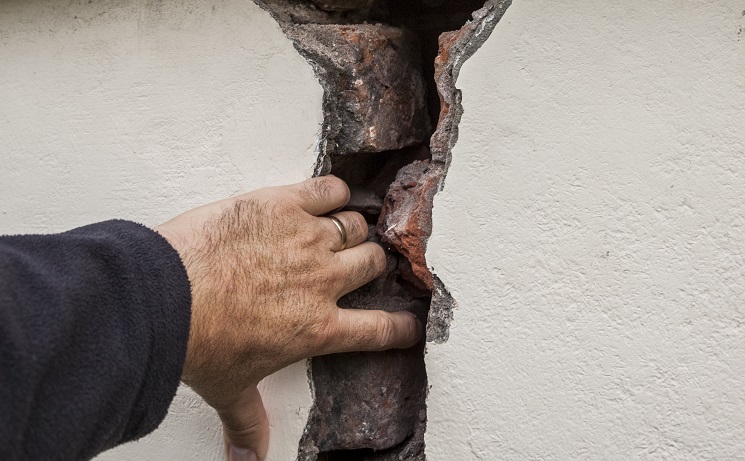3 Categories of Construction Defects

Unfortunately, it can be months or years after a construction project is completed that defects can surface. Construction defect is a broad term that is generally defined as a defect in the design, materials, workmanship that can affect mechanical systems, building components and structural integrity.
Construction defects may be patent defects, which can be easily observed upon inspection, or latent defects, which are present but concealed and not discovered until later. Either way, construction defects can be very time consuming and expensive, and litigation is sometimes necessary.
Common construction defects can include siding and fascia, windows, roofs, wood floors, ventilation, and drywall. Developments with track homes seem to have more of its share of legal problems with defects. Defects may also be related to design and engineering, structure, soil settlement and drainage, settling of concrete slabs and parking lots, equipment, roofs, mechanical, and finishes. When we are looking at construction defects and what causes them, we can put them in three basic categories—design defect, material defect, and poor workmanship.
Design defect
The success of a project hinges on the design and engineering. Design defects are typically a consequence of the architects or engineers failing to produce an accurate or well-coordinated set of construction documents. It is critical that the plans and specifications are reviewed and followed. This is why the phrase “per plans and specifications” is often used in contract language. Engineers and architects detail products and methods to be used in the specifications. Unforeseen site conditions may require the architect and engineer to redesign areas of the project, such as changes to foundation footings resulting from poor soil conditions.
Mechanicals, such as plumbing, HVAC, and electrical, must be designed for the proper project. Many times, the project specifications will require shop drawings and submittals by the mechanical contractor to the architect for review and approval. The process of shop drawings and submittals can lead to defective construction if quality control measures are not in place. All important information must be included, as well as noting an approved fabricator or a manufacturer’s certified applicator. Identifying industry quality standards can help avoid the use of cheaper products or inexperienced labor.
Material defect
Material defects from the manufacturer are sometimes not realized until after installation has taken place. For example, windows can have leaky seals between the panes, roof shingles can delaminate over time, or concrete slabs can start spalling (breaking up, flaking, or pitting at the surface).
Building materials are typically tested before being used in any building and go through a process of tests and reviews by independent testing laboratories and professional committees, including the American Society for Testing and Materials (ASTM) and the International Conference of Building Officials (ICBO).
Workmanship
A simple definition of workmanship is "the level of skill with which a product is made or a project done." Other definitions may include craftsmanship, skillfulness, expertise, technique, and artistry.
Workmanship defects typically result from the contractor’s failure to follow the construction documents, industry quality standard practices, or the manufacturer's installation instructions. Workmanship defects can include improper soil compaction, concrete finishing, weatherproofing systems, improper or lack of flashing, EFIS, or stucco wall systems.
From poor drainage at the foundation footings to the flashing at the roof top and anywhere in between can be areas of concern. It is said that 65% of all construction defects are caused by water intrusion. It is my belief that improper flashing is one of the big causes of water intrusion.
All parties involved in the design and construction of a project must go to necessary lengths to prevent construction defects. For a contractor, implementation of quality control and experience in the use of the materials being used is important to minimize defective work.
An insurance company that cares about you and insuring the things you wish to be insured.
Get a Quote> Find an Agent>

